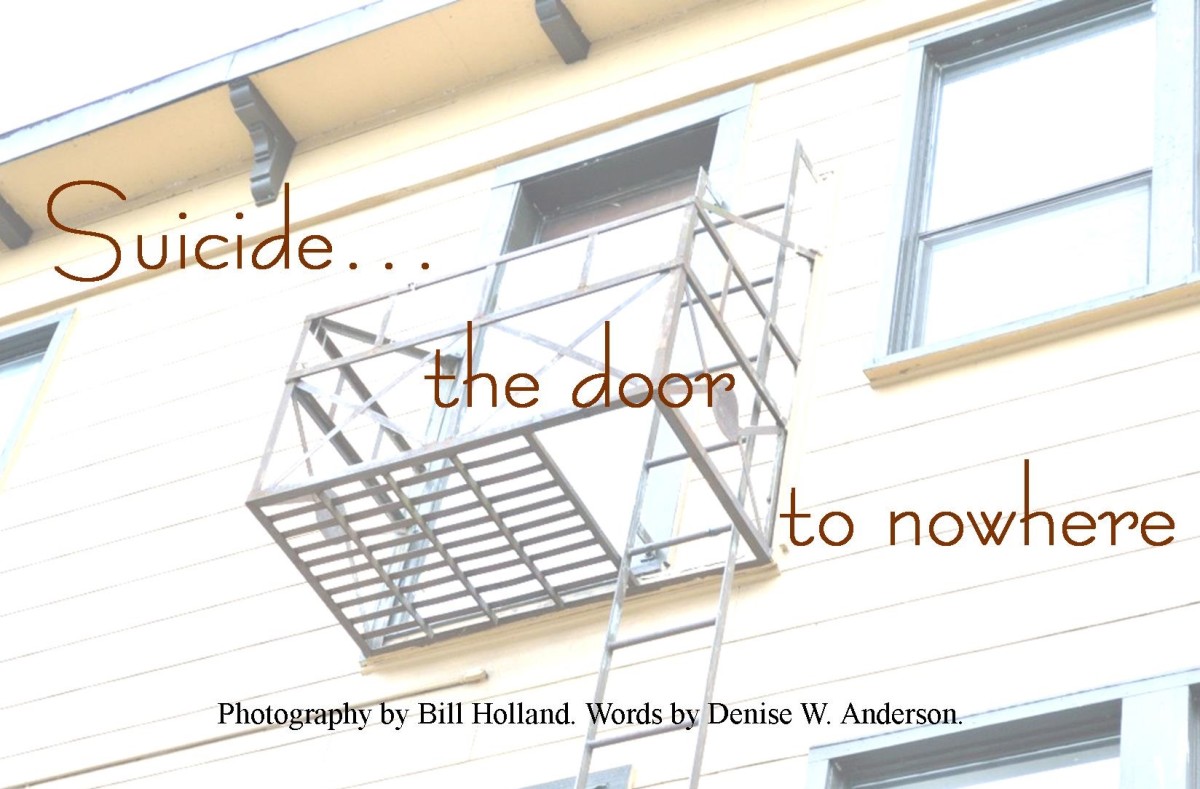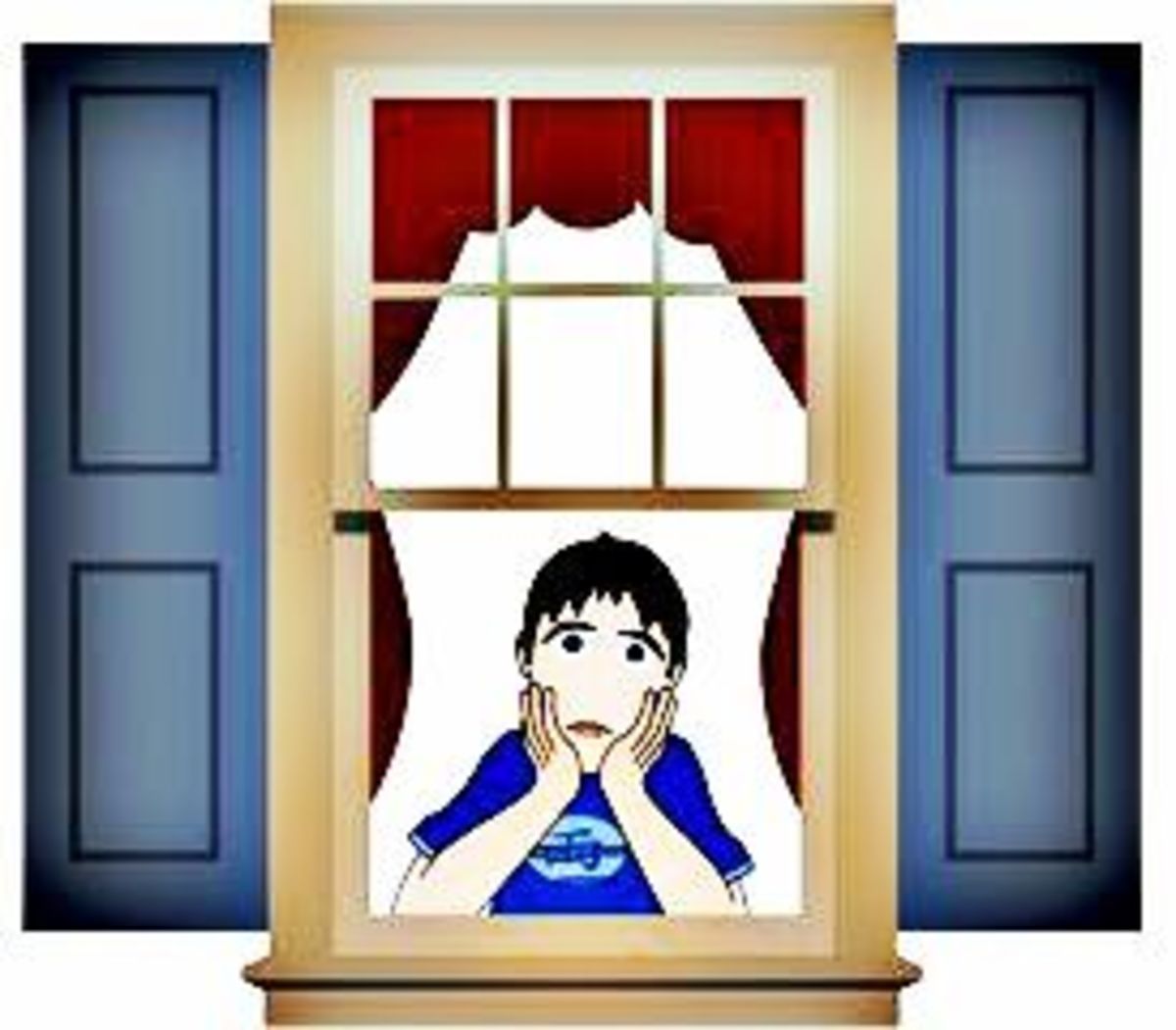Success and Suicide

Some years back, I wrote a piece here on Hub-pages about Suicide and Hunter S. Thompson. I loved him as a writer and when he chose to take his life, I felt it was an honorable decision. The man lived a full life, with countless books, movies made after his books, etc. When he took care of all that he needed to take care of and then, took his own life (because he was simply "done"), I wished him well and respected his decision.
On the other hand, there are many instances when people take their own lives due to hardships, to mental illness (as was the case with my brother-in-law) and/or stress. So, in this piece of writing I decided to focus on suicide, stress and success (the latter two being interconnected). Now, I found no specific data on how many people commit suicide due to stress.
What I did find were some bits of information scattered from country to country which put together paints a pretty dire picture. In an article from 2008 in the Guardian, titled: “Stress driving pupils to suicide says union”, one head-teacher was quoted in saying that at his integrated college, in Londonderry: “between 600 and 800 15 to 24 years olds killed themselves each year – equivalent to the population of a small secondary school”. In the same article, 73% of the Association of Teachers and Lecturers stated that they believed that students at that time were under more pressure than a decade before.
Here in Canada, the community of Attawapiskat just declared a state of emergency last month, when on the early morning of April 10th, seven children were brought-in to the local hospital with “potential drug-overdoses from suspected suicide attempts”. For those who do not know, Attawapiskat is a Cree First Nations community, in northern Ontario (the province I live in). Yet, this type of tragedy is not contained to Attawapiskat. Many other First Nations communities across Canada are having very similar problems: more and more children committing suicide and/or attempting to commit suicide.
To continue with the odd pieces of the puzzle I am making, I had a good friend of mine visit me from South Korea a couple of months ago. He is a teacher at a university and he was telling me how students there spent from morning until sometimes one o’clock at night going to school, studying, getting tutoring lessons, or doing homework. They basically study from morning to night. I complained saying how that’s not a life to live.
Indeed, it is not a life to lead because two nights ago, surfing through what documentary to watch on the web, I came across a documentary titled: “On Patrol with South Korea’s Suicide Rescue Team”. It is a short documentary but straight to the point. (I will add the link here for those who wish to take a look: https://www.youtube.com/watch?v=5jYBWBlEd0U)
South Korea has the highest rate of suicides among all the OECD countries for the last “eight years”. It is explained in the documentary that after the Korean War in the 1950s, South Korea went through a period of extreme, rapid economic growth but as a result, people have become “spiritually and mentally exhausted”. There is indeed a price for everything. Sometimes we do not realize the price, until for some people it is too late.
In Japan the situation is quite similar: chase success at all costs, even if You die at the office. Some office buildings have crematoriums in the basement, just in case You don’t make it through the day. This is the world we live in. These are societies we have created and unconsciously we keep chasing money, fame ... success.
I mentioned Japan because three nights ago, the night before I watched the documentary on South Korea, I watched a documentary titled: “Suicide Forest in Japan”. Somehow, this has been the trend for me but it did bring things into perspective. It underlined the idea that we push people to be successful so much that when they are not, their ego is destroyed; they are looked at as useless members of society, or lazy maybe. Such people easily fall into depression, sadness and some resort to suicide.
“Succeed or die” seems to be the mantra that Capitalism has ingrained in us and most of us follow it blindly. Not only follow it blindly but we push children on the same road too ... that sad and lonely road that for many simply leads to the “Suicide Forest”.






